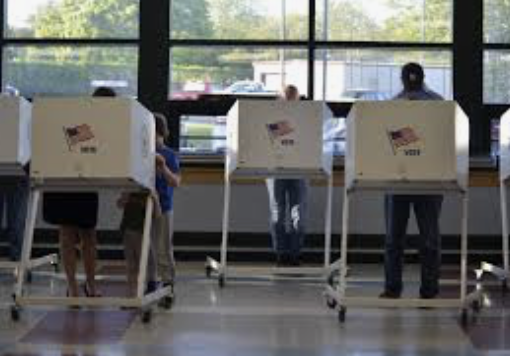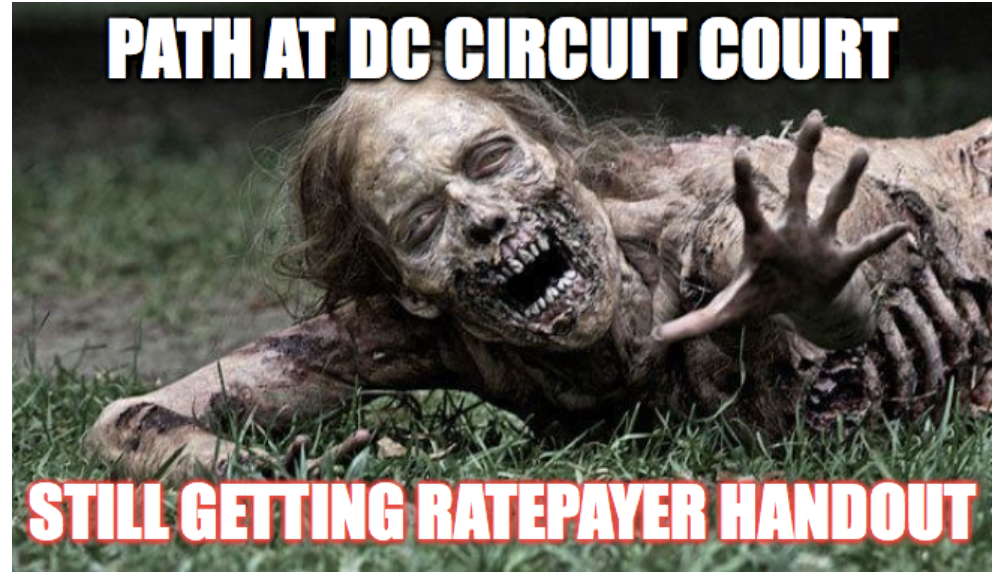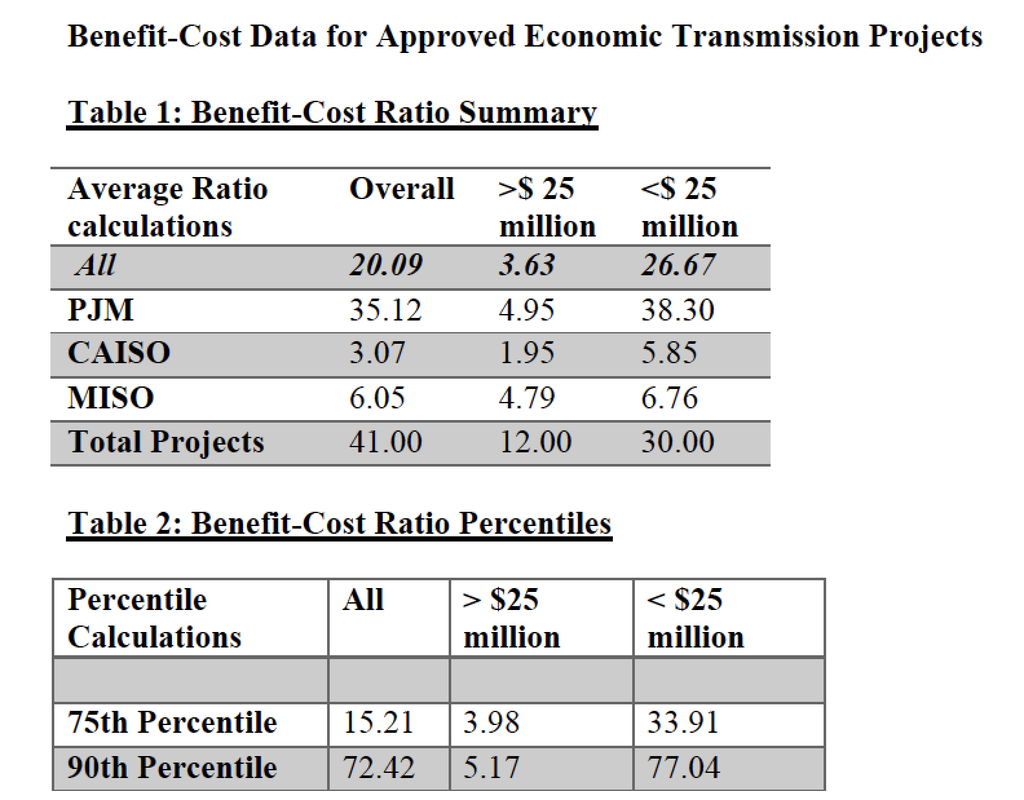Super-rich Microsoft tycoon Bill Gates is funding a new initiative to brain wash the American people into believing they need a "national" transmission system.
Don't fall for it!
Of course, none of these new transmission lines would be in Bill's yard, they would be in yours! He thinks you need a nationwide, high-voltage direct current (HVDC) network optimized for the nation's best wind and solar resources.
Thanks to generous support from Breakthrough Energy, an organization founded by Bill Gates that is working to expand clean energy investment and innovation, the Macro Grid Initiative will undertake wide-ranging educational efforts in support of transmission expansion to connect areas with low-cost renewable resources to centers of high electric demand. This can be accomplished by connecting grid regions like MISO, PJM and SPP.
And how do they plan to do that?
The Macro Grid Initiative seeks to build public and policymaker support for a new policy and regulatory environment that recognizes the substantial nationwide benefits of new regional and interregional transmission. Priority areas include:
An expanded nationwide and eastern grid with a focus on the regions of MISO, PJM and SPP.
The next round of regional and interregional transmission planning.
A fully planned and integrated nationwide transmission system.
A new Federal Energy Regulatory Commission transmission planning rule.
Achieving the Macro Grid vision will require new policies at the federal, regional and state levels that recognize the substantial nationwide benefits of an interregionally connected transmission network.
...reduce barriers to development...
...overcome the barriers to siting long-line transmission facilities...
...upgrade our nation's aging and creaky transmission network...
...connect all this clean energy to our homes...
...expand regional and interregional transmission...
... build a strong national power grid...
Creaking? I've honestly never heard a transmission line creak. It whines, it hums, it crackles. It doesn't creak. Replacing existing lines to upgrade conductors and equipment happens when needed because our system must remain reliable at all times. This is so much crap. Bill's NIMBY initiative is about building NEW lines, not upgrading existing ones.
Instead of connecting centralized electric generation to our homes, people are increasingly installing their own electric generation on their homes. Corporations are installing on-site renewables on their stores, offices, and factories. We don't need to "connect" anything, just generate our own clean energy!
And this one. It deserves to be quoted in its entirety.
Michael Skelly, Founder, Clean Line Energy Partners; Senior Advisor, Lazard:
"Building out our grid brings jobs, efficient markets, and cheaper and cleaner power. No individual or company can do this alone. But together with a broad public and policy maker consensus I have no doubt it can and will be done. I'm excited to see ACORE and ACEG's Macro Grid Initiative take on this important effort."
Why not? Because they want to build renewable generation for clean energy in their own homes, neighborhoods, states and regions. They don't want to create a hole in their own economy where they stop creating local energy and economic development and begin to send their energy dollars to other regions. For example, let's look at New Jersey.
Yesterday, NJ Governor Phil Murphy announced plans to build a new port in Salem County to support the development of offshore wind farms off the Jersey Shore. Officials say the New Jersey Wind Port will create 1,500 permanent jobs, generate $500 million in annual economic activity, and help the state reach its goal of gradually relying more on so-called clean energy.
Does Governor Murphy want to pay for an outrageously expensive "national grid" so he can import energy from other regions and cancel his port project? My suspicions point to "no."
Likewise other eastern states, who plan to jumpstart their own economies by creating a robust offshore wind industry.
Nobody wants an exorbitantly expensive "national grid." And if you need an example of how such an initiative will fail, maybe you can ask Michael Skelly?
Take your propaganda and shove it, ACORE. Quit pretending you represent consumer interests, ACEG. Everyone knows where you get your funding, and it's not from consumers.
And while we're at it, next time your crappy Microsoft PC gets infested with viruses and quits working, toss it in the dumpster and buy a MAC. It might cost more upfront, but you won't have to buy a new computer every couple years. Unlike his proposed "national grid" your boycott of Microsoft products will end up in Microsoft Bill's Yard.












 RSS Feed
RSS Feed